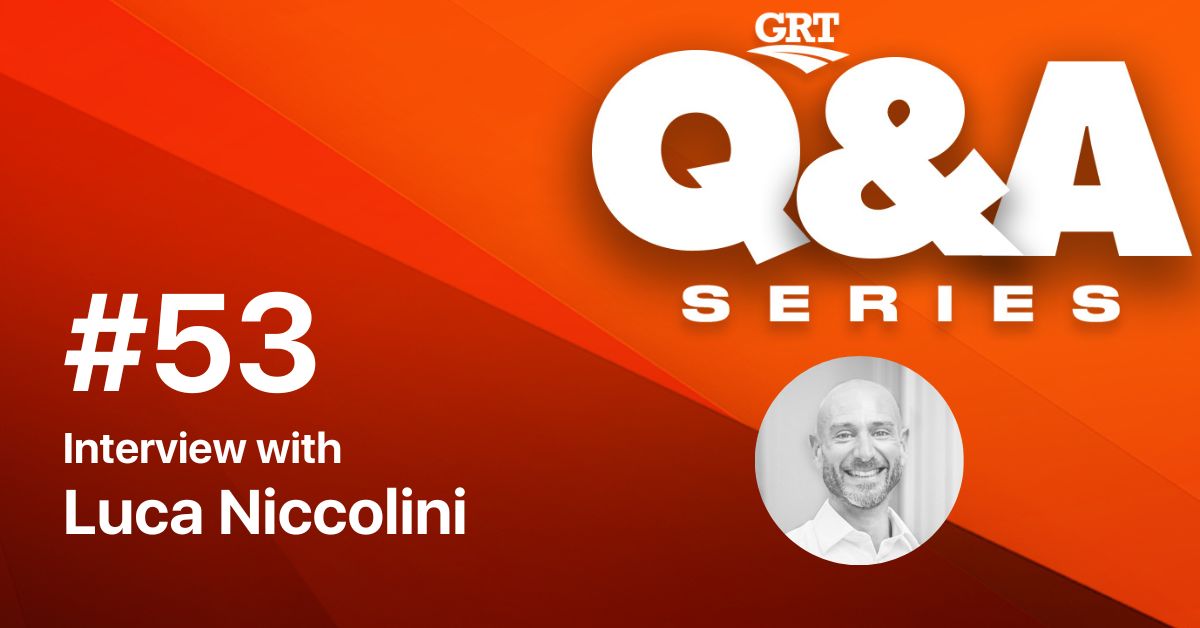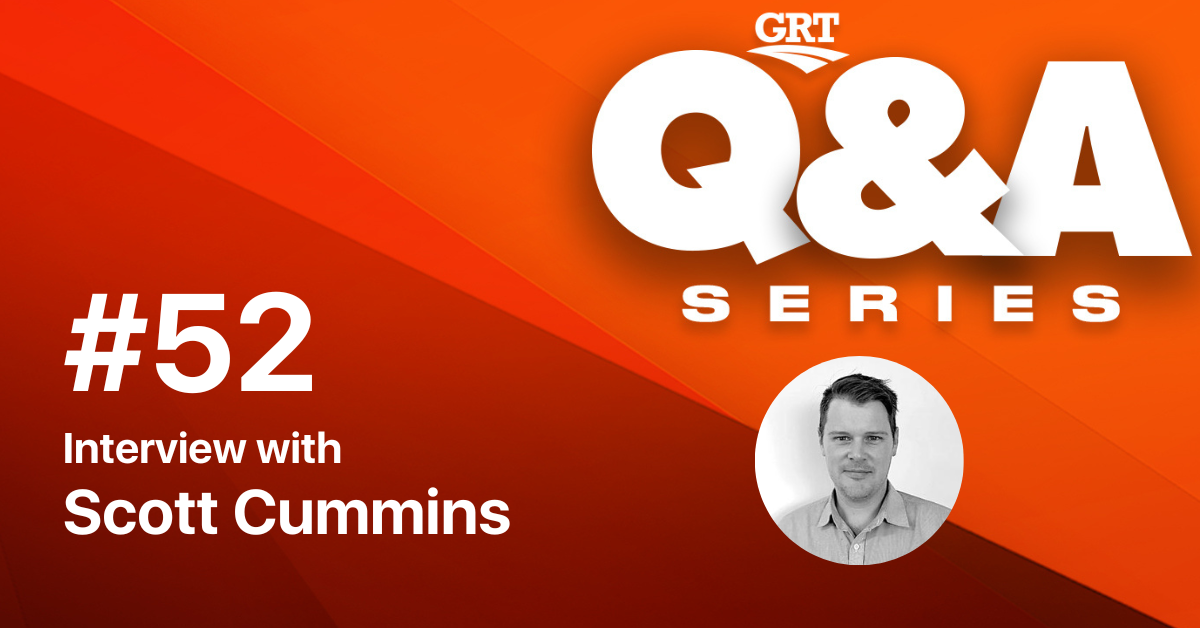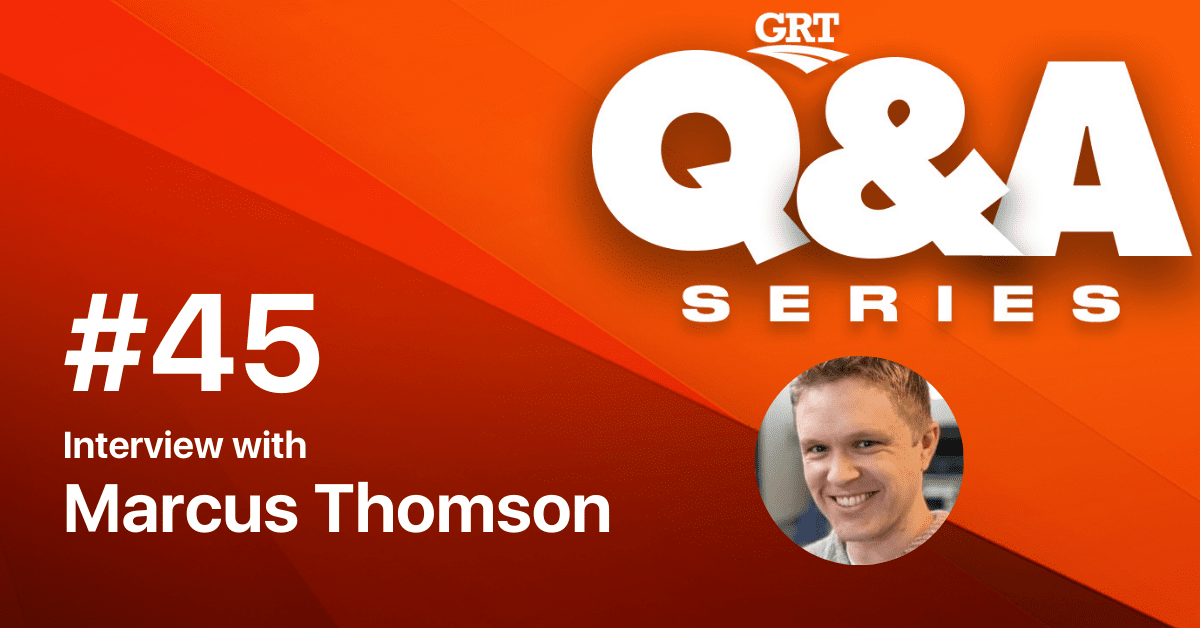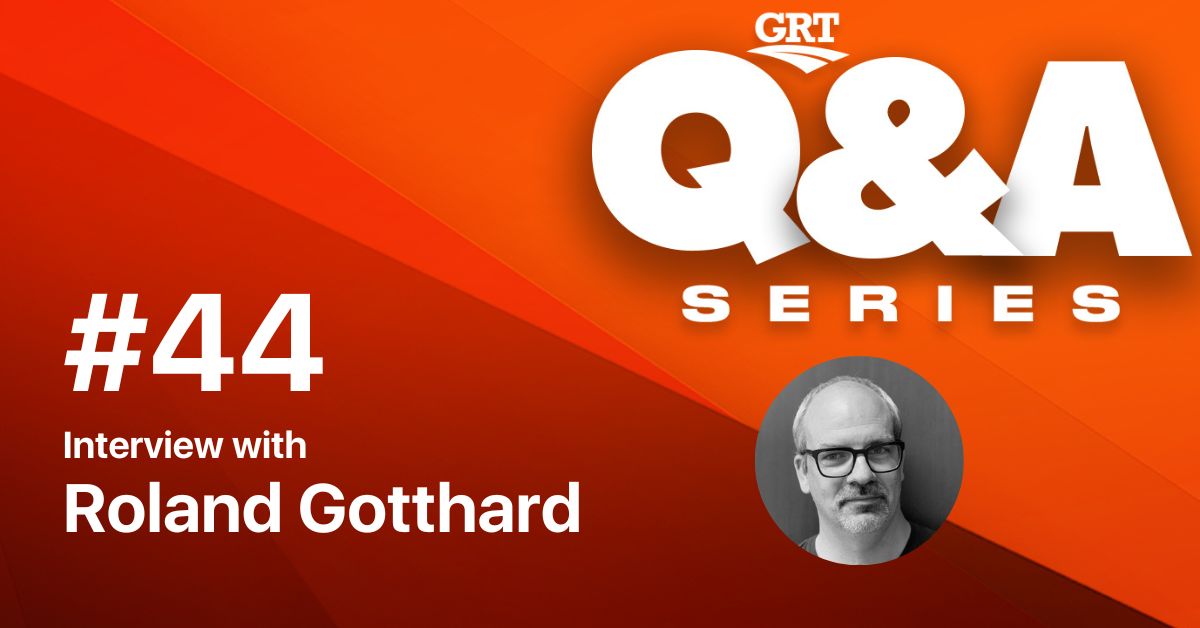Q&A Series #48: Interview with Dr Len Turczynowicz

About the guest
Dr Len has over 30 years experience in public health toxicology and human health risk assessment. He has assessed human exposures to hazardous substances locally, nationally and internationally and provided expert advice to Ministers, government committees, departments, industry, consultants, auditors, communities and the public. He developed a number of the original Health-based-Investigation Levels (HILs) that are part of the National Environment Protection (Assessment of Site Contamination) Measure (NEPM) 1999 and has also contributed to the development of the Air Toxics NEPM. He has been an expert witness on health risk assessment and vapour intrusion; developed methodologies associated with hydraulic fracturing risk assessments and reviewed the health components of international environmental and social health impact assessments. He was responsible for the health risk assessment of the new Royal Adelaide Hospital site, a multi-billion dollar development. Len has lectured and tutored students on contamination and risk assessment at SA universities and presented and published papers relevant to his field at the national and international level.
Topic of discussion: Exposure science and air quality assessment in Australia.
Australia has come a long way with exposure science and air quality assessment. Amongst the gurus in these fields is none other than Dr Len Turczynowicz with over 30 years of experience.
He is the Director of HealthRisk Services Pty Ltd which provides independent and evidence-based consulting services on occupational and environmental health issues for contaminants in air, soil, water, food and consumer goods including peer-review and expert witness services.
His research seeks to improve exposure assessment to protect public health through evidence-based approaches and his specialities are:
- Exposure science
- Public health toxicology
- Human health risk assessment
- Vapour intrusion and air quality assessment
- Hazardous substances regulation
In this Q&A we discuss hazardous dust, dust management, indoor air exposures, applied research and silicosis. Dr Turczynowicz is based in the Greater Adelaide Area, Australia.
Q1) A warm welcome to the GRT Q&A Series, Dr Turczynowicz. It’s a pleasure and honour to have you. Please tell us more about you and kindly take us through your 30-year journey in air quality assessment and exposure science?
Thank you, Keith, for that kind introduction. My career began with time spent in government food and air quality laboratories which was followed by a role in the newly formed Environmental Health Branch of the SA Health Commission in 1987.
My background at that time was chemistry and microbiology. I found myself in the Hazardous Substances Section where for the next 20 years I dealt with exposure and risks to a range of hazardous agents such as chemicals, particles, fibres (like asbestos) and biological agents, such as cyanobacterial toxins. Throughout that period, I continued my training in toxicology, occupational hygiene, public health and human health risk assessment across postgraduate subjects, master and a PhD so I’ve been a lifelong student in these respects.
In the SAHC we dealt mainly with community exposures such as Port Pirie lead, site contamination in Adelaide and emissions from factories. We were also extensively involved in pesticide exposures, specifically the termiticides, aldrin and dieldrin. My colleagues and peers were experienced toxicologists and occupational or public health physicians, and I learned much from them. We led the development of National soil contamination guidelines throughout the 1990s which then were adopted by environment agencies under national legislation.
I left SA Health in 2007 and subsequently worked in multinational consulting firms over the next 9 years and then returned to the University of Adelaide to complete my PhD and undertake research, teaching and consulting. In 2017 I started a company with some colleagues having developed a screening tool for illicit drug residues on surfaces (SwabFirst Pty Ltd) and in 2022 established HealthRisk Services Pty Ltd for consulting across exposure science and human health risk assessments. I continue to research and teaching on a part-time basis as a Senior Research Fellow at Adelaide Exposure Science and Health at the University of Adelaide. The latter provides me with the opportunity to investigate new concerns and to teach, something I enjoy a great deal.
Q2) Please take us through your experiences with exposure to hazardous dust in the several industries you have worked in? Is dust management a huge challenge? What can be done better?
Most of my work has been associated with community or environmental exposures rather than occupational exposures. The former tends to involve more elements as one is dealing with susceptible populations and complex exposures driven by environmental factors such as wind direction, dispersive effects and distribution which may lead to indoor entrainment. In my early years I was involved with Port Pirie and lead, factory emissions and land fill operations and in later years it has been more related to site contamination exposures including off-site drift either as a prospective exposure (assessing future developments) or during remedial works. Other particulate concerns have included traffic and airport emissions due to increased atmospheric loads and activities. Factors such as residential proximity and urban-rural encroachment are contributing factors to such concerns and this also includes issues of urban planning and buffer zones. Dust management is a significant challenge, particularly in environmental health settings where the traditional measures employed across occupational health settings cannot always be used such as ventilation, filtering and personal protective equipment.
The hazards of dust are multifactorial – the smaller the particle size the greater the concern (i.e., the physical hazard) ; the particle composition is important including whether it is a chemical, biological, radiological or immunological hazard and the nature of the toxicological
response to exposure to that hazard which can vary from immediate (hypersensitivity) to acute (irritation, acute toxicity) and chronic (cancer). The key to exposure reductions across the community (environmental and occupational) is national leadership across the regulatory agencies. This has varied across preceding decades due to changes in available resources including budgets and technical staff.
It is important that at the Federal level the appropriate agencies provide oversight and structured guidance towards understanding and establishing exposure and mitigation measures. This is facilitated through engagement with professional organisations, fundamental and applied research which can be translated to regulatory frameworks and also engagement with the affected communities such as unions or community groups. Regulatory frameworks are the key to change as legislative instruments provide the empowerment to achieve exposure reductions. Development at the national level can then be adopted by each respective State or Territory agency.
It is important that new international information across this area is also embodied as part of this process. As an example, there has been growing concern over exposures to ultrafine particles (less than or equal to 0.1 microns in aerodynamic diameter).
Q3) What is vapour intrusion? What are the effects of indoor air exposures to trichloroethylene (TCE) from vapour intrusion? What methodologies are available for worst-case indoor air sampling for sub-surface TCE sources?
Vapour intrusion is the process of indoor entry of sub-surface volatile substances arising from soil or groundwater contamination. It has also been associated with gases such naturally occurring radon. The sources of vapour are volatile hydrocarbons that partition from the soil or water phase and enter the soil pore space (air) and then diffuse through soil into above-ground or below ground structures. Near the surface, or if there are conduits in the soil then advective flow can occur due to pressure differentials. Vapour intrusion has been known for over 30 years with much of it driven by the early acknowledgment of naturally occurring radon gas issues in the USA.
There is a substantial toxicological database across the effects of exposures to trichloroethylene (TCE) from cell to animal studies through to environmental and occupational epidemiological studies. In terms of regulatory guideline development, the focus across these data is always to identify the most sensitive toxicological effect as this is then used to development the most protective air quality guideline value. In their risk evaluation of TCE two years ago, the US EPA examined a diversity of exposures across occupational and consumer settings. In terms of consumer exposures their most sensitive acute toxicological endpoint was immunosuppression although developmental neurotoxicity and congenital heart malformations were also considered. The latter effect was considered in the examination of indoor air exposures arising from vapour intrusion due to an increased risk of foetal heart malformations observed from an epidemiological study in Endicott, New York where groundwater was contaminated by trichloroethylene and perchloroethylene. The US EPA subsequently set an indoor air guideline value of 2 micrograms per cubic metre based on protecting against that effect.
Methodologies for indoor air sampling include active systems (advection) where pumps are used to sample air onto capturing matrices in tubes, passive systems where the sampling is based on diffusion onto a material which captures the contaminant for analysis and novel real-time instruments which can measure concentrations with time. In indoor environments there are many factors that influence the indoor concentrations that result from vapour intrusion, and it is important to be aware of these and take them into consideration if worst case sampling is to be achieved.
Q4) Understanding source characteristics is key to dealing with hazardous dust at its source. What efforts have been made in attempting to unravel the aetiology (the cause, set of causes, or manner of causation of a disease or condition) of accelerated silicosis observed in Australian workplaces?
I am not the best person to provide detail around this information and I would direct you to my fellow researchers at Adelaide Exposure Science and Health who have been at the ‘coal-face’ of leading research in this field. They are the former Director, Adjunct Professor Dino Pisaniello (recently retired) who commenced this work and the current Director, Associate Professor Sharyn Gaskin who is continuing with this work. Adjunct Professor Dino Pisaniello is also currently Chair of the College of Fellows of the Australian Institute of Health and Safety.
In general terms, my understanding is that cases of accelerated silicosis were observed and recognised as significant and unusual due to their severity, relatively short-term exposures and rapid onset of the condition that has led to a nationally coordinated response by SafeWork Australia. That response has taken several forms including supporting research to improve our understanding of the aetiology of the disease. A key feature of that is unravelling the source characteristics of the materials used in dwelling construction as this is fundamental in determining which factor or factors are important and how control measures can be implemented. That important work is led in our group by Associate Professor Sharyn Gaskin.
Q5) Mountains are for climbing they say! Over your illustrious three-decade career what are some of the challenges you have faced? What lessons can you share from your experiences?
While there have been many challenges too diverse to list here, I would present two key ones.
The personal challenge of suitable training in the field that I found myself in many years ago was considerable. This has not really changed today.
Training in the fields that I have worked in is still problematic and disaggregated and I am trying to bring some of that together in promoting exposure science in Australia. As an example, Adelaide Exposure Science and Health and the Adelaide Convention Bureau in collaboration with the Australian Institute of Occupational Hygienists have been successful in bring an annual meeting of the International Society of Exposure Science (ISES) to Adelaide in 2024.
This is the first such meeting in Australia and will help highlight the importance of exposure science and raise awareness of this discipline.
Other efforts to work towards such training across toxicology, exposure science and human health risk assessment has also been at the forefront of efforts by one of my professional organisations, the Australasian College of Toxicology and Risk Assessment (ACTRA).
The other challenge is related to translation of applied research and new international information into regulatory health guidelines. Throughout the 1990s Australia was an international leader across a range of regulatory development to mitigate community exposures to hazardous agents. The challenge over ensuing years has been to maintain that level of development and to sustain new proactive programs to work towards preventive public health. I have endeavoured to contribute where possible through guidelines when in the health department, robust human health risk assessments when in consulting and through research and teaching of the upcoming public health workforce. As most professionals will know, much depends on the leadership of those around you and the involved stakeholder groups. A key challenge then is to ensure that these are optimised through suitable engagement mechanisms.
The lessons learned really are about (a) ensuring you are interested in what you do as this will lead to life-long learning and skill optimisation and (b) getting involved with professionals (such as a professional organisation) that have similar ideas to your own if you want to make a significant contribution to the community within your chosen field.
Q6) In order to harness the power of collaborations, industry and academia partnerships must find synergy in solving problems. What can be done to strengthen ties of various stakeholders in dealing with dust emissions in workplaces. Is there a place for applied research in solving these challenges?
Communication is always the key to moving forward on important public health matters and ensuring there are frameworks and structures to enable stakeholder engagement and empowerment (particularly the affected communities) for decision-making to occur. The key is through the responsible regulatory agency as legislative reform will drive workplace change via e.g., Codes of Practice documents, monitoring, surveillance and reporting requirements.
An important component across this multi-stakeholder engagement is applied research as this
leads to, ultimately, problem resolution, provided the right initial questions are raised, the gaps identified, and the appropriate research undertaken and delivered. Suitable applied research can facilitate the necessary risk management measures in dealing with the problems and also ensure resources are efficiently committed. So, in answer, to your last question – definitely.
Q7) In closing, how do you envisage the legacy of silicosis unfolding if dust is not dealt with at its source? Is enough being done in the different industries to manage dust? What is the extreme case scenario if more stringent measures are not taken to deal with dust at its source?
If there are limited dust mitigation measures, then these would directly relate to a potential elevation in cases considering all the factors that apply. Unfortunately, we may not yet have observed the peak of adverse outcomes due to retrospective exposures as there are delays in the process of exposure and outcome. These also depend on a range of exposure characteristics across the setting and the individuals concerned.
There is always an iterative process in control over emerging hazards (that are subsequently realised) so if action is initiated then a process of reduction in adverse outcomes will generally be expected. I am not privy to all the national data to be able to comment on the status across relevant industries and this may be a question for Safe Work Australia.
Finally, in the extreme case, that risk mitigation measures are limited, it would be expected that further cases of the disease would be observed.
Thanks for the opportunity to comment.
Note that these are my personal views based on my training and experience and may not represent the views of the University of Adelaide.

Keith Nare
Technical Head of Communications for GRT, Keith leads GRT's content strategy across various platforms, whilst coordinating internally to build the voice and opinions of the GRT team. Keith is a product of Nelson Mandela University and his PhD work focuses on Polymer and Physical Chemistry. He was a Research Associate at SANRAL in South Africa and later spent time as a Visiting Research Associate to NTEC at the University of Nottingham in the UK. He is a former Director of Communications for CALROBO in the USA.
Keith is passionate and enthusiastic about health and safety, sustainability, networking and finding synergy through conversations.
Troy Adams
Troy Adams is the Managing Director of Global Road Technology (GRT) Specialising in Engineered Solutions for Dust Suppression, Erosion Control, Soil Stabilisation and Water Management. A pioneering, socially conscious Australian entrepreneur, Troy Adams is passionate about health and safety and providing innovative solutions that are cost-effective to the mining industry, governments and infrastructure sectors. Troy is also a tech investor, director of companies like Crossware, Boost, Hakkasan, Novikov and more.









